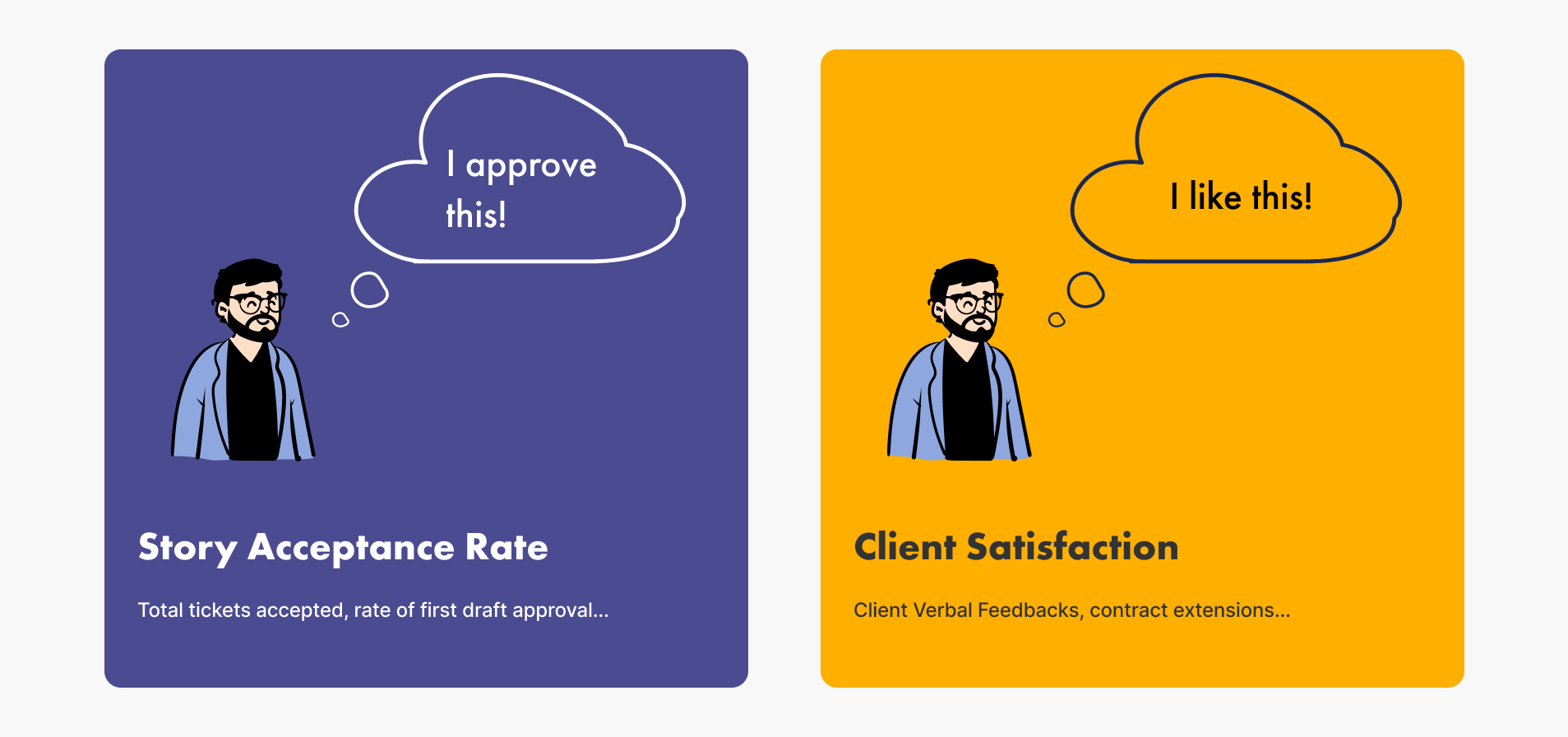Tipping App - TribalScale Internship Work
Keywords:
Agency Client Work
Designing for Beta Testing
Team:
A multidisciplinary team including a junior designer, 3 Product Managers, and 5 developers.
My Role:
Product Designer
Timeline:
3 months, Jun 2023 - Aug 2023
Related Stakeholders:
Tools used:
Client’s Problem Space:
Problem Statement:
Create a digital tipping service, allowing employees or self-employed service providers to manage their own tips in groups or individually.
Mission:
Support Beta Testing
Cleanup flows
Visual Revamp
Metrics:
Product Flow Mapping
We practiced cognitive walkthrough, marked all missing parts with sticky notes:
Yellow means friction point
Red means missing screens
Blue means more info needed
Current Product Review
The client provides a whole flow of 50+ screens organized in horizontal flow form.
Planning:
At the same time, we teamed up with the PM team to use SWOT analysis and communicated with client.
Flow Cleanup:
With the guidance of sticky notes, we break things into 11 main features, with the structure of:
Goals
Current Design
Recommended changes
Edge Case Explorations
to communicate with client.
* Due to NDA I cannot elaborate further in details, please talk to me if interested.
Example: one of the features
The new shift setup flow
Flow Analysis
Visual Redesign:
Final Results:
Story Acceptance:
Since this project would not make it to the final testing phase yet during my time with Tribal Scale, the only relevant metrics would be client satisfaction.
Testing Protocol:
If in an ideal scenario, a business testing protocol would be initiated to test the application with real users. The protocol would consist of app performance, user experience, user acquisition and revenue, user retention, and conversion. Some metrics for each category would be:
App performance: app crash rates, loading time, response time, etc
User experience: people’s net promoter scores, user feedback, etc
User acquisition and revenue: total tips collected, total processing fee for client, etc
User retention: retention rate, active users per day, etc
Conversion: conversion rate, abandonment rate, etc
Each can have a benchmark based on the client’s budget for deployment and the scale of testing. For example, a plausible benchmark for revenue can be, the total tip collected in a testing city like Chicago for 500 users per day needs to be higher than $30000.
Next Steps:
For next steps, more testing is needed to verify the users' response to the business model and the product. The team should focus on user retention rate and revenue as an indicator to prove the profitability of the product in the industry.
Takeaways:
As my first time on client projects, my main takeaway would be how to communicate with clients, as well as internal other team members to complete the project based on both client’s request and product perspective. Juggling between the user-centered design process, the developer’s capability, and the client’s ask, I learned a lot about how designs are practiced in the industry. Also seeing how product design can impact and sometimes advocate for a better route/solution in projects is amazing and makes me believe more in the potential value I might bring as a product designer in the future.



















